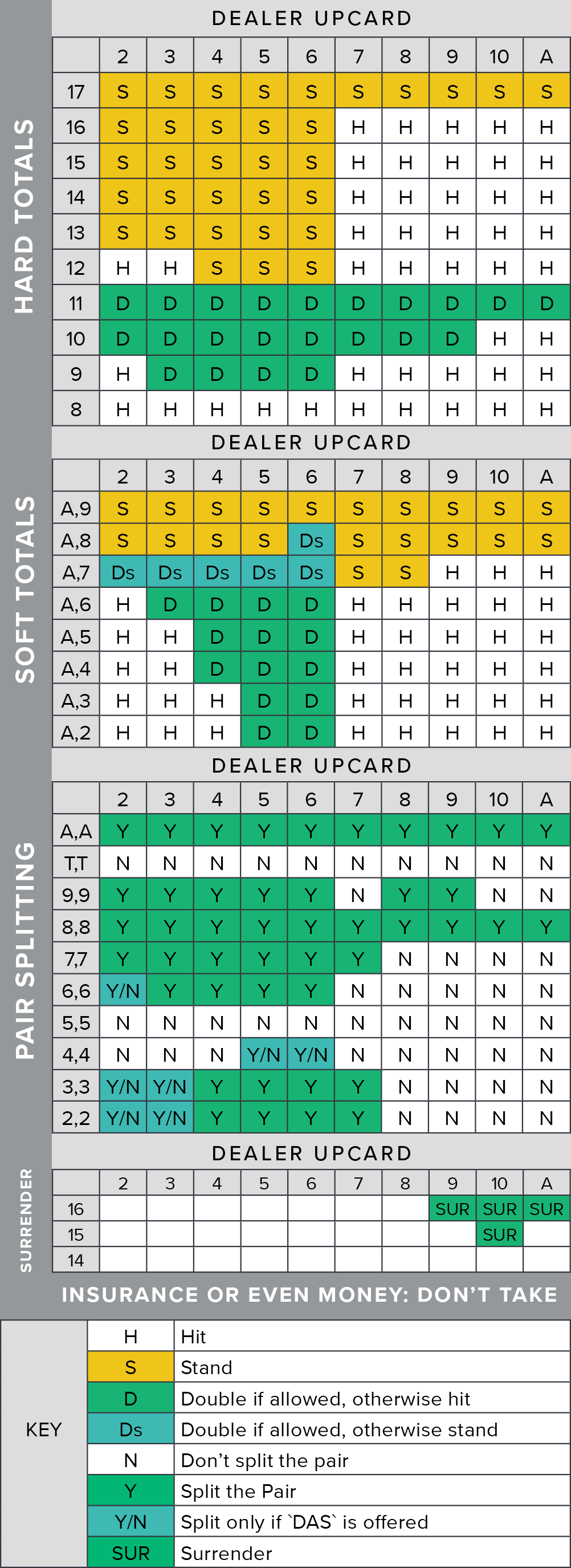
Blackjack is undoubtedly one of the first names that comes to mind when you think of classic card games. This game has been around for centuries and was originally called Vingt-et Un, which translates to twenty-one ago during the French Revolution era! Since then, this gambling favourite has spread all over the world, with land-based casinos throughout France at Playtech’s headquarters – where they ensure that players enjoy winning hands thanks to their innovative software engineering team, which is constantly designing new features, such as those included in 3D Video Roulette TechnologyTM exclusive player benefit offered exclusively via Playtech.
The Foundations
At blackjack, the player’s goal is always the same: to beat the dealer. The principles of the game are simple, but winning large requires skill and practise! A casino would frequently mix up numerous decks for speedier games while also ensuring that no one counts out cards during gameplay so that this does not occur.
A standard 52-card deck can be used with two players betting against each other or more than two people playing simultaneously depending on table size preference without any negative effects due to possible errors occuring because hands must match up correctly or points may be lost; however, there is a specially designed variant called “Black Jack” that comes in both land-based and online versions.
The Rules of the Game
The goal of blackjack is not to beat other players or to collaborate with them. Instead, it’s all about beating the dealer; in order to play this game, you must have a hand that is worth more than 21 but does not go over! Cards are priced simply by putting their face values together: Each of the numbers 2 through 10 awards the same number of points as its point total (i e cards from 11-19 count half, 20 counts double).
The person who comes closest without exceeding 22 loses, and whatever is left after removing the second highest score is distributed according to the rules in effect today.
Face cards in poker are worth 10 points, and aces can be either 1 or 11. This means that for any hand in which you have an ace as your first card, the game will be radically different!
The various types of hands in this game will make players to use one point less per rank lower than their most rated trump suit- so if someone has Wight force high on them, they’re going down fast because there’s no way to avoid having Khaos at all costs (or 11).
Starting Out
The dealer begins by dealing two cards to each player and one to themselves. The most frequent method is to present all of the players’ hands face up, while one of their own is placed down as “the hole card.” Ideally, you’ll finish up with 21 points, which may be obtained by having an ace combined with either 10 point worth blackjack – if this happens, you’ll inevitably win unless the dealers have equal amounts on both sides as well!
While it is true that players with the same hand receive their wager returned when playing blackjack, if no one has 21 on their first two cards, everyone takes turns sitting down and deciding where or not to request another card. The dealer will generally tell you whether your point total can beat his in the order of highest ranking hands (two pair > straight flush) until all other players are happy to play without looking over what was dealt to them when the game-wide decision time limit expires!
It’s a strategy and chance game in which the dealer decides how many cards you should keep in your hand. There are two kinds: over 17-card and under 17-card, which means they must take another one if their present stack is greater than that number (17). But what if it doesn’t? You have till the 21st to win if you have more points!
The rules also state that anything can happen at any time – even something as simple as busting through 21 allows players who still have some money left after all other bets have been settled to win on previous hands played against them; so get betting while there’s still time because this never-ending tournament has only just begun!
A player who has the same number of points as their opponent has all of their points returned to them.
A savvy gambler always knows that luck can swing either way, so it’s important not only for your own profits but also those around you if you should try and take advantage when faced against an unchecked dealer or even better yet have someone skilled at blackjack on hand! When someone in the game has a higher number than themselves in relation to the cards they are dealt, this results in what some may call “betting” themselves because there is no point anymore because victory goes back to whoever made the first move after dealing away both decks before any betting began; however, unlike other forms of gambling, this usually does not come down solely to the cards they are dealt.
Options for Blackjack in-game
Insurance and splitting are two ways to boost your odds of winning in blackjack. Insurance protects against loss if an ace or king is drawn during one’s first draw, whereas splitting can be used strategically by not dealing any more cards after hitting on 16s because when all red-shirts are reached, there is no point in continuing play due to the lack of winner opportunities available from those remaining hands at that time.





